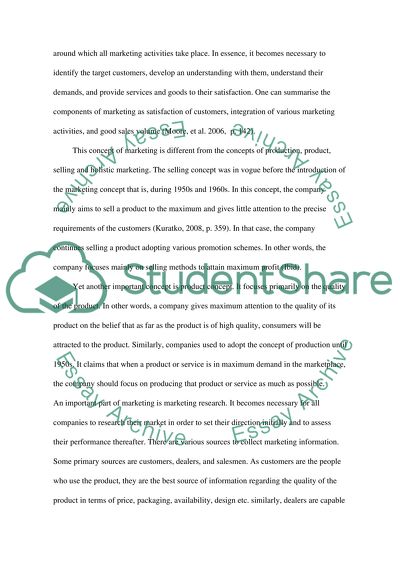Cite this document
(“Marketing and Stakeholders in the Food Industry Assignment”, n.d.)
Marketing and Stakeholders in the Food Industry Assignment. Retrieved from https://studentshare.org/marketing/1493412-marketing-and-stakeholders-in-the-food-industry
Marketing and Stakeholders in the Food Industry Assignment. Retrieved from https://studentshare.org/marketing/1493412-marketing-and-stakeholders-in-the-food-industry
(Marketing and Stakeholders in the Food Industry Assignment)
Marketing and Stakeholders in the Food Industry Assignment. https://studentshare.org/marketing/1493412-marketing-and-stakeholders-in-the-food-industry.
Marketing and Stakeholders in the Food Industry Assignment. https://studentshare.org/marketing/1493412-marketing-and-stakeholders-in-the-food-industry.
“Marketing and Stakeholders in the Food Industry Assignment”, n.d. https://studentshare.org/marketing/1493412-marketing-and-stakeholders-in-the-food-industry.


